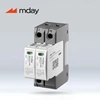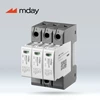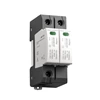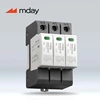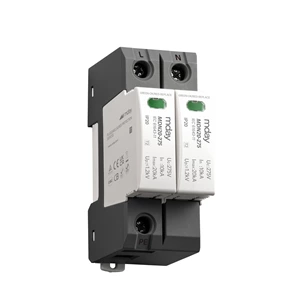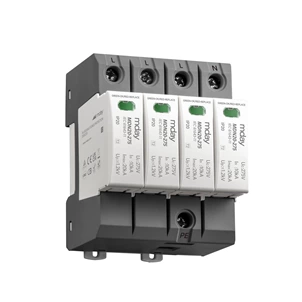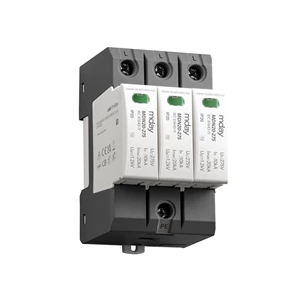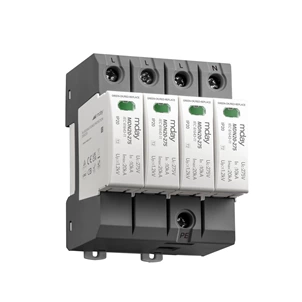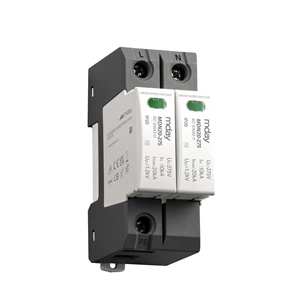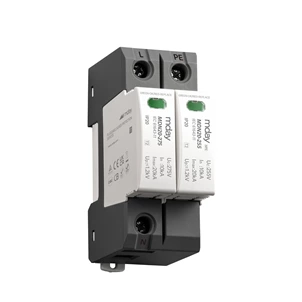The First Line Of Defense For The Power Supply System: Surge Protectors Should Be Installed At The Power Supply System Inlet.
For low-voltage power supply systems, surge-induced transient overvoltage (TVS) protection is best implemented using a tiered protection approach.
Surge energy absorption should begin at the power supply system inlet (e.g., the main distribution room of a building), suppressing transient overvoltages in stages.
The first line of defense should be a high-capacity surge protective device protector connected between each phase of the incoming power supply line and ground.
Generally, this level of power supply protector is required to have a maximum impulse capacity of 100KA/phase or higher, and the required limiting voltage should be less than 2800V.
This is referred to as Level 1 surge protector. These surge protection device protectors are specifically designed to absorb the large current and high energy surge energy of lightning and induced lightning strikes, diverting a large amount of surge current to ground.
They only provide a medium level of protection in terms of limiting voltage (the maximum voltage appearing on the line when the impulse current flows through the SPD becomes the limiting voltage), because Level 1 protectors primarily absorb large surge currents. They alone cannot completely protect sensitive electrical equipment within the power supply system.


